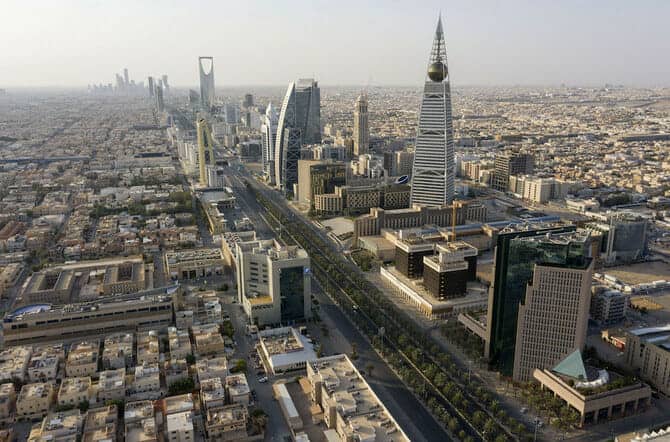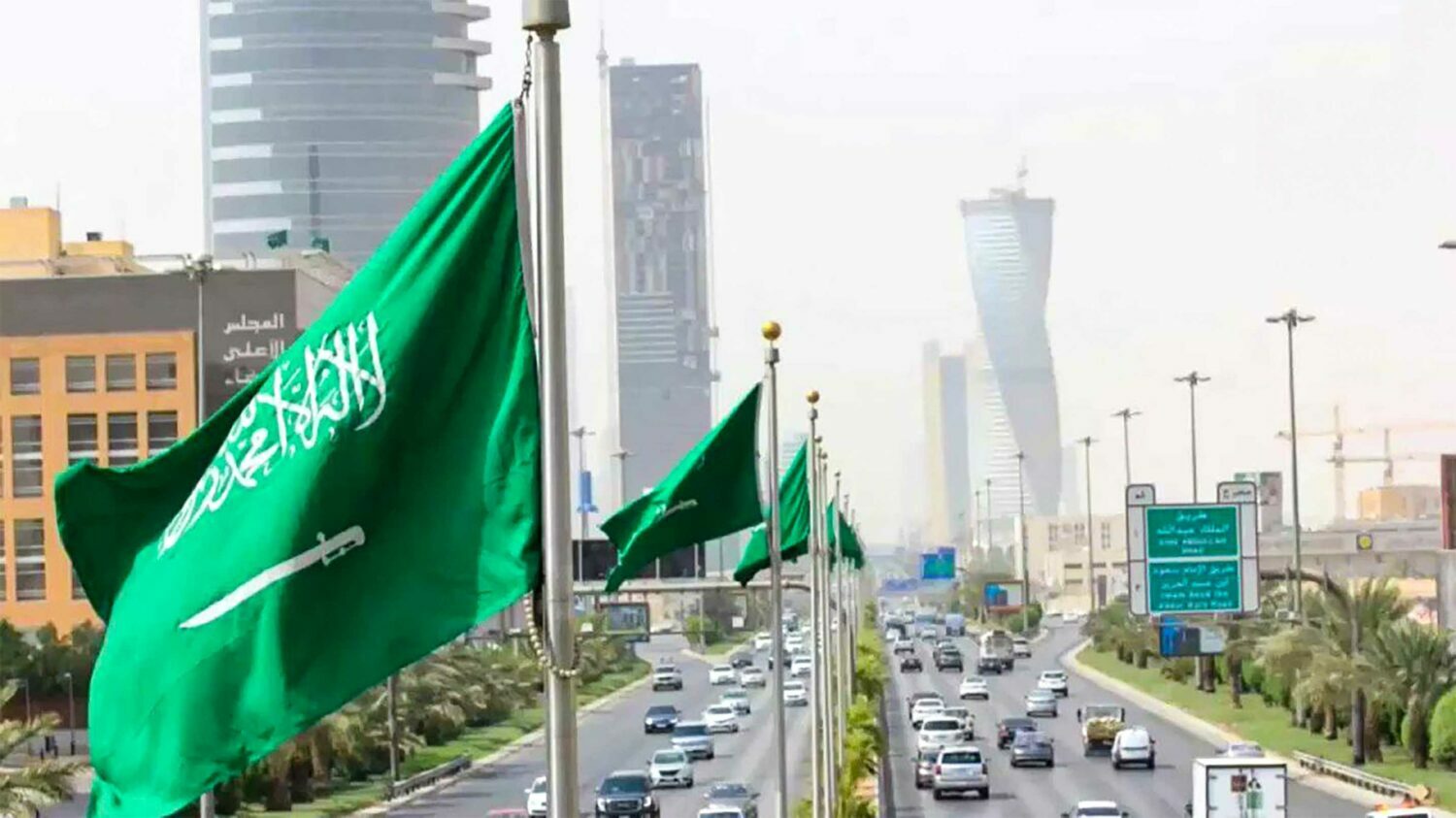WASHINGTON — Saudi Arabia’s economy is experiencing a boom, driven by high oil prices, increased private investment, and the implementation of economic reforms, a latest International Monetary Fund (IMF) report has highlighted.
In 2022, Saudi Arabia had the highest economic growth among the G20 countries, with an overall growth rate of 8.7 percent. This growth was fueled by strong oil production and a 4.8 percent growth in the non-oil sector, driven by robust private consumption and investment in projects such as the giga projects. Key drivers of non-oil growth included wholesale and retail trade, construction, and transport, the report added.
The unemployment rate in Saudi Arabia, according to the report, has reached a historical low, dropping to 4.8 percent by the end of 2022 from 9 percent during the COVID-19 pandemic. This decline can be attributed to increased labor force participation, a rise in Saudi workers in the private sector, and a rebound in the number of expatriate workers, particularly in the construction and agricultural sectors.
The youth unemployment rate was halved to 16 percent in 2022 compared to the previous two years, and female participation in the labor force reached 36 percent in 2022, surpassing the target of 30 percent set under Vision 2030.
Inflation in Saudi Arabia remains low, with an average consumer price index (CPI) growth of 2.5 percent year-on-year in 2022. This can be partly attributed to domestic subsidies and price caps, as well as the strength of the US dollar, the IMF report pointed out.
Although inflation increased to 3.4 percent year-on-year in early 2023, it has since decreased to 2.7 percent in April 2023 due to declining contributions from transport and food prices, despite a significant increase in rent. While there has been some wage pressure for low-skilled and highly specialized workers, average wages have remained relatively flat, it added.
The current account surplus in Saudi Arabia reached a 10-year high in 2022, thanks to higher oil prices and increased oil production. However, this surplus did not lead to a corresponding increase in official reserves due to a large accumulation of assets abroad. While reserves fell by $30 billion in April 2023 compared to 2022, they still remain at comfortable levels, providing around 20 months of import cover.
Positive outlook
Looking ahead, the IMF projects a positive outlook for the Saudi Arabian economy with balanced risks. Non-oil growth momentum is expected to remain strong, with non-oil growth forecasted to average 5 percent in 2023. Headline inflation is expected to be contained at 2.8 percent in 2023, slightly higher than in 2022. The current account surplus is expected to stabilize at slightly lower levels, and reserves are projected to remain well above standard reserve adequacy metrics.
The IMF highlights balanced risks to the outlook. On the upside, higher oil prices, potential changes in OPEC+ oil production cuts, accelerated structural reforms, and increased investment could further spur economic growth. On the downside, lower oil prices due to subdued global activity pose a short-term risk, while a faster shift in global demand away from fossil fuels could hamper medium- to long-term growth.

Recommendations
To support economic stability and intergenerational equity, the IMF recommends fiscal policies focused on maintaining stronger buffers and reducing debt. The fiscal surplus in 2022 was reduced due to increased spending on goods, services, and capital projects, with additional one-off non-recurrent expenditures. The IMF suggests sustaining medium-term fiscal consolidation to achieve a stable fiscal stance and recommends measures such as prioritizing non-oil revenue collection, energy price reforms, strengthening the safety net, and rationalizing public sector expenditure.
Regarding monetary policy, the IMF suggests managing liquidity and supporting the exchange rate peg. The central bank’s intervention has helped alleviate liquidity strains in the banking system, as credit expansion has outpaced deposit growth. The IMF recommends continuing to align policy rates with the Federal Reserve’s policy rate, given the open capital account and maintaining an appropriate interest rate differential to support the exchange rate peg. It suggests using market-based instruments, such as open market operations, to keep the interbank rate in line with the policy rate. The IMF also encourages improved liquidity forecasting and coordination with all institutions, including through the implementation of the Treasury Single Account.
In terms of financial sector policies, the IMF acknowledges that the Saudi Arabian banking system remains strong. The aggregate capital adequacy ratio is robust, profitability is high and above pre-pandemic levels, and the non-performing loan ratio is low and declining. The IMF emphasizes the importance of ongoing efforts to modernize the regulatory and supervisory frameworks, including the adoption of risk-based supervision, implementation of IFRS9 requirements, and full adherence to Basel III capital requirements. It notes that risks from the housing sector, despite the recent mortgage boom, are relatively contained, but cautions against rapid credit growth and advises continued monitoring of credit underwriting and management practices. The IMF supports the central bank’s annual assessment of the countercyclical capital buffer and suggests gradually tightening macroprudential guidelines if credit growth remains strong.
Structural reforms
The IMF commends the progress made in implementing the Vision 2030 reform agenda and emphasizes the need to achieve strong, sustained, inclusive, and greener growth. It highlights the importance of enhancing private sector growth and total factor productivity through measures such as boosting human capital development, streamlining fees, improving access to finance, strengthening governance, and promoting a green economy.
The IMF recommends careful calibration of investment programs to ensure their catalytic effects, improved project selection and appraisal, and comprehensive guidelines for projects funded with government guarantees. It also applauds the efforts to increase renewable energy capacity and reduce emissions, suggesting specific initiatives linked to each target to assess progress and achieve emission reduction goals.

